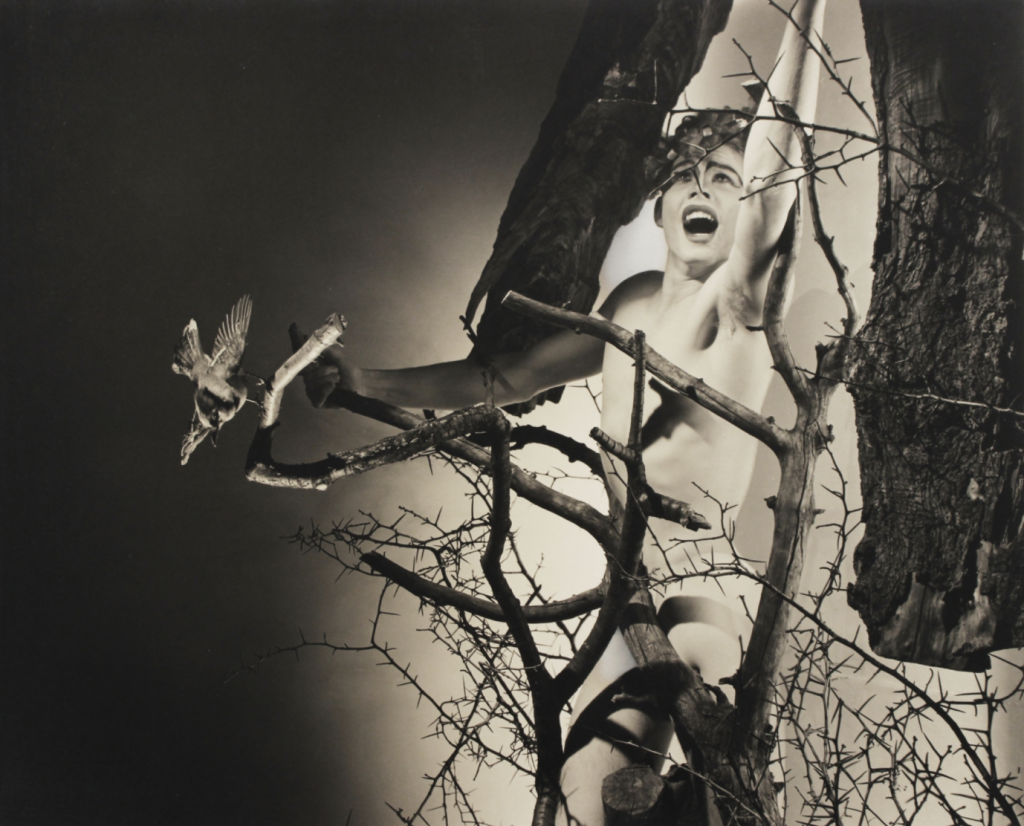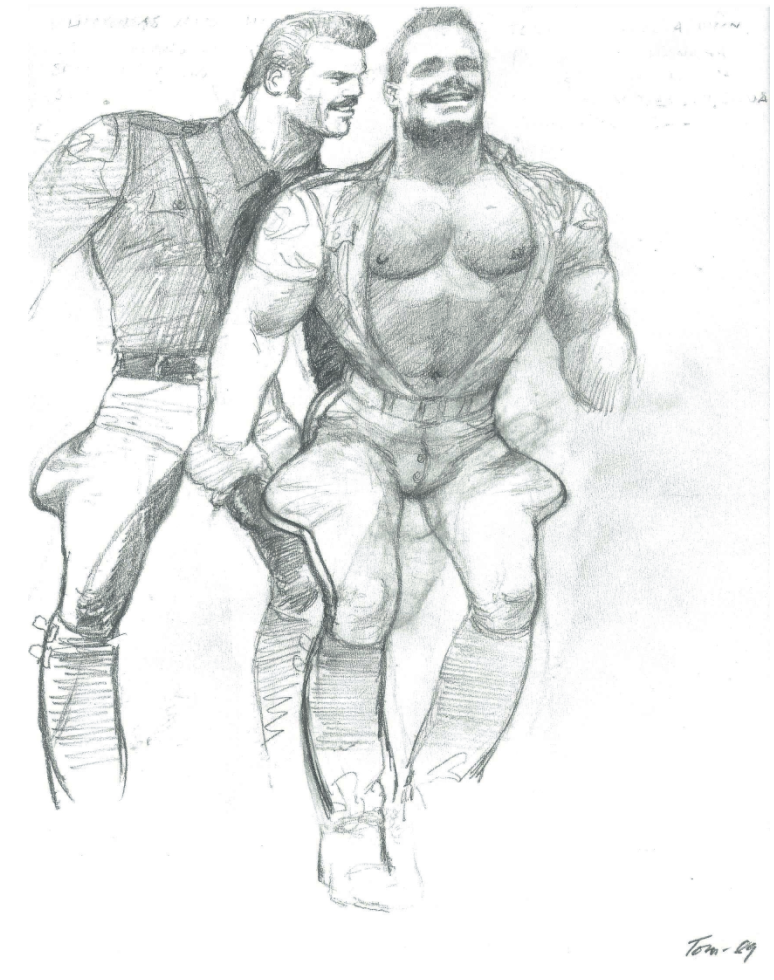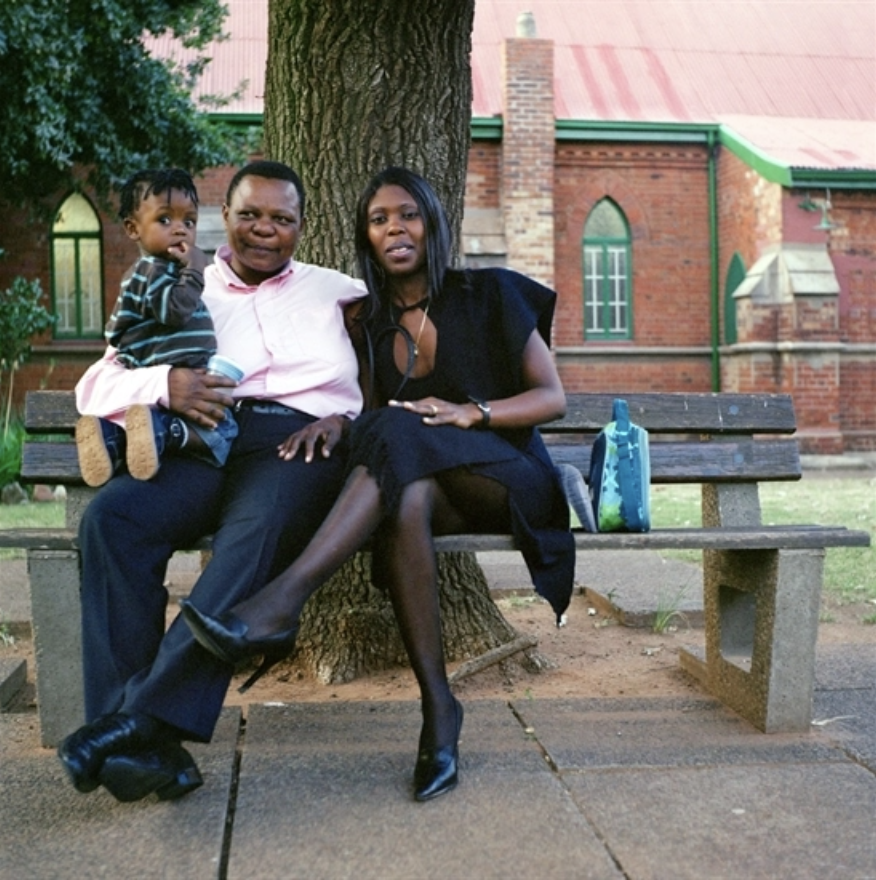A Brief History of LGBTQ+ Art to Mark Artnet Auctions’ ‘Queer Legacy’ Sale


Artnet Auctions

Representations of queerness span wide swaths of Western art history: in Ancient Greek art, representations of sexual relationships between men abound, and although eroticism was shunned in mainstream art during the Middle Ages, many of the greatest painters of the Renaissance and later eras, such as Michelangelo and Caravaggio, were likely gay, and may have expressed their sexuality through their work.
While it’s possible to find coded examples in earlier eras, in the past half century, queer art as we know it has come into view.
Artnet Auctions’ Queer Legacy sale celebrates this modern history, and a portion of the proceeds will benefit the Marsha P. Johnson Institute, which is dedicated to defending the rights of Black transgender people.
Modern queer art history begins in the early years of the 20th century, when there was a small window of acceptance of LGBTQ+ identities. Surrealist photographer Claude Cahun embraced gender fluid identity in the 1920s and ’30s; artist and writer Jean Cocteau did not hide his sexuality throughout his mid-century career; collector and salon hostess Gertrude Stein authored one of the earliest coming out stories in 1903; and painter Charles Demuth found a community that was accepting of his openly gay identity in Paris in the 1910s and ’20s.

Tom of Finland, Untitled (1989). Live now in Queer Legacy, est. $3,000–5,000.
Still, homosexuality remained criminalized in most of the Western world until the end of the 20th century, and representations of queerness in art remained underground, or were relegated to the covers of pulp novels (now coveted by collectors for their early representations of LGBTQ+ identity).
The photographer George Platt Lynes, whose sexuality was reportedly an open secret, mostly shot portraits of society figures and commissions for magazines. It wasn’t until after his death that a secret series of male nudes was revealed. Other artists, like Tom of Finland, got their starts doing private commissions of homoerotic scenes and drawing for “beefcake” magazines.
In 1962, the US Supreme Court ruled that nude male photographs were not inherently obscene, and censorship rules around pornography were loosened. Just a few years later, the riots at Stonewall ushered in the modern gay liberation movement, and by the end of the ’60s, repressions had eased considerably.

Robert Mapplethorpe, Jack in the Pulpit (1988). Live now in Queer Legacy, est. $30,000–40,000.
Around the same time that Tom of Finland was able to make inroads with the mainstream art scene in the early 1970s, a young artist named Robert Mapplethorpe had just begun taking photographs.
Mapplethorpe—now perhaps the most well-known gay photographer of the 20th century—explored nudity and BDSM in his work. Although he achieved mainstream fame before his death in 1989, there were major censorship controversies over his images of nudes well into the 1990s.
Around same time that these controversies were playing out, photographer Wolfgang Tillmans was documenting the London gay scene. His well-known 1992 series of his friends Lutz and Alex was published in i-D magazine, and he first gained acclaim as a documentarian. Tillmans went on to become the first non-British person to win the Turner Prize in 2000.

Zanele Muholi, Nomsa Mazibuko and Fondo, outside the Hope Unity Metropolitan Community Church, a gay church, during Good Friday. Mayfair, Johannesburg (2007). Live now in Queer Legacy, est. $4,000–6,000.
Today, queer representation in art is not uncommon.
Mickalene Thomas is one of the most critically acclaimed contemporary artists of her generation, and she often portrays her partner and muse, Racquel Chevremont, in her work.
Painter Kehinde Wiley made history when he became the first Black and first out gay artist commissioned to make a Presidential portrait, and photographer Zanele Muholi documents black queer South Africans in a place where homophobic violence remains rampant.
Check out more works by LGBTQ+ trailblazers and rising stars in Artnet Auctions’ Queer Legacy sale.